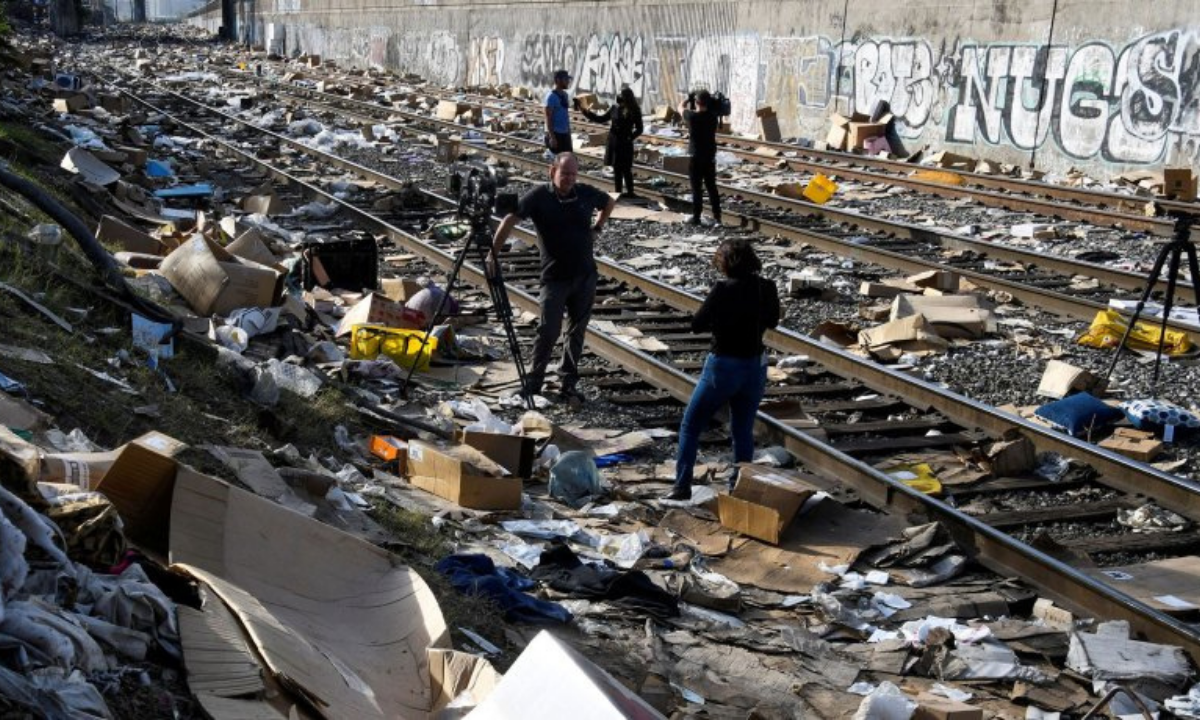Written by Bobbie Wylie
In recent thefts from Los Angeles cargo trains, thieves are taking more than just expensive jewelry and electronics – they are also getting firearms.
Back in August, law enforcement officers in Los Angeles arrested two people in Lincoln Heights carrying .22 caliber handguns in pristine, right-off-the-shelf condition. A few days later, another person was arrested in Northeast Los Angeles carrying a similar weapon in similar condition.
By tracing the firearms, law enforcement officials revealed they came from a batch of 36 handguns reported missing as they were being shipped by train to Tennessee. One of the suspects arrested revealed that he had bought the gun on the street, and that it had come from cargo trains in the nearby Lincoln Heights rail yards. Shortly afterward, LAPD and the Bureau of Alcohol, Tobacco, Firearms and Explosives arrested two other suspects with two shotguns later revealed to be part of a missing shipment of 46 shotguns.
The thefts of firearms from Los Angeles cargo trains give a small glimpse of the vulnerability of rail networks that help deliver an immense number of weapons to stores and consumers every year. Law enforcement sources told the Los Angeles Times they are investigating whether an argument over the stolen weaponry led to the murder of one man.
“I’ve got 24 years in LAPD, ex-military, secret clearance and I have to wait 10 days to get a new firearm and these guys are going into these containers with no locks and getting guns,” said Capt. German Hurtado, who oversees the LAPD’s Hollenbeck Division, where the rail yards are located. “These guns were unguarded, unprotected… God knows how many guns have been stolen that way.” Only a few of the 82 guns known to have been stolen from trains passing through Los Angeles have been recovered.
No mention of the stolen firearms was made last month when Governor Gavin Newsom led a cleanup of the rail yards amid a sizable audience of reporters and other onlookers.
Photo Cred: Gene Blevins/Reuters




